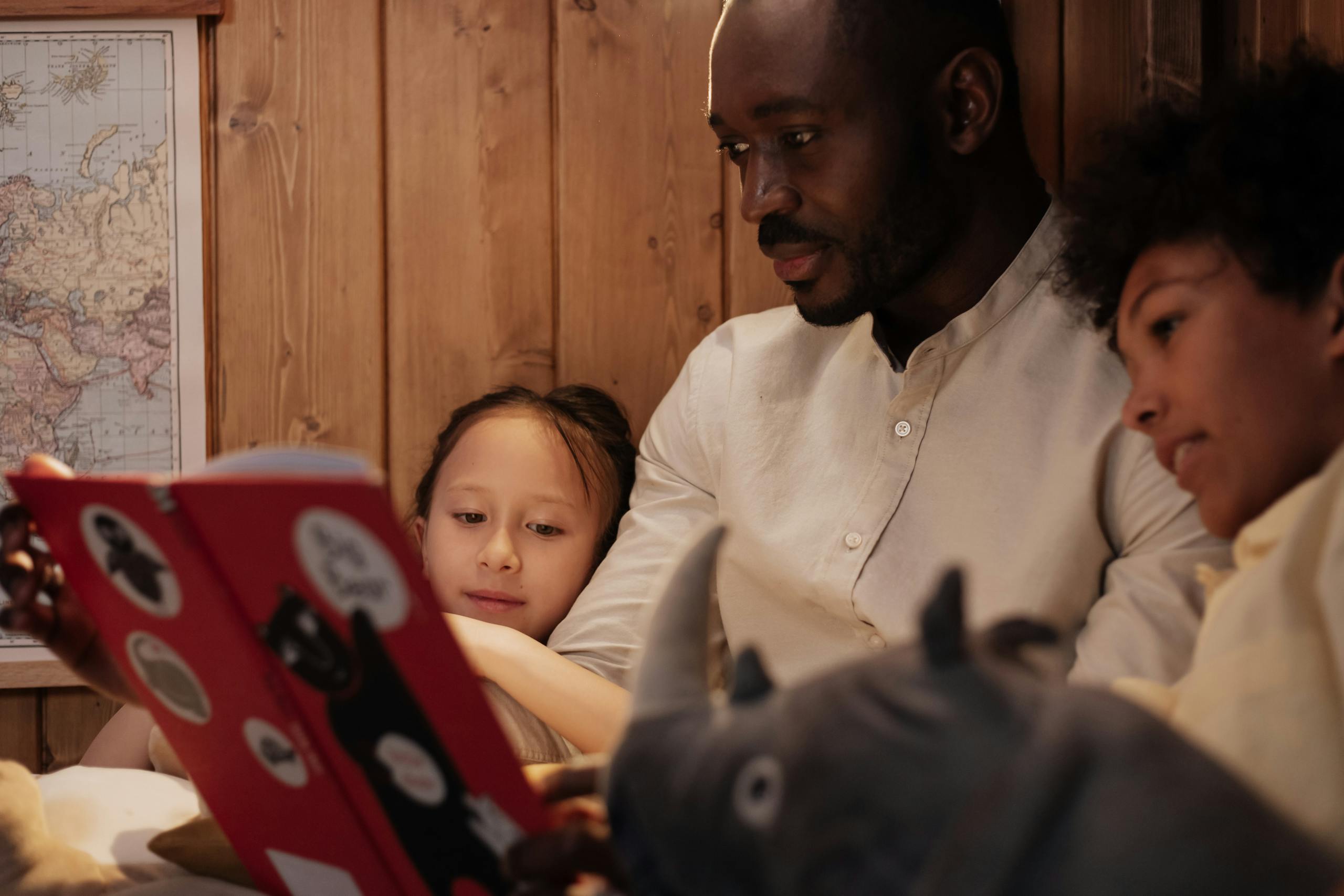How to Dress Kids for Winter 2026: The Ultimate Blueprint

As a mom, I’ve learned that dressing kids for winter is a whole different ballgame. In the summer, it’s easy to throw on a T-shirt, shorts, and sandals, and we’re out the door. But when the cold weather hits, I find myself standing in front of my kids’ closets, trying to figure out how to keep them warm without making them look (or feel) like little marshmallows.
If you’re like me, you know the struggle: one minute your child is shivering and complaining they’re freezing, and the next they’re sweaty and peeling off clothes because they’re “too hot.” That’s where layering comes in. It’s the ultimate strategy for keeping kids comfortable and protected during winter.
Today, I’m sharing my personal tips for how to dress kids for winter with smart layering. Whether you’re sending your little ones off to school, playing outside in the snow, or just running errands, this guide will help you find that perfect (or close to) balance.
Why Layering Matters for Kids in Winter
One thing I’ve noticed is that kids are constantly on the go. They go from sitting in the car to running around on the playground to lounging on the couch at home all in the span of a couple of hours.
Because of this, their body temperature fluctuates a lot more than ours as adults.
Layering is important because it:
Keeps kids warm in cold weather
while allowing flexibility to remove layers indoors.
Prevents overheating
a big one for active kids who love to run and climb.
Makes transitions easier
between school, home, and outdoor play.
Think of it this way: layering is like giving your kids’ wardrobe an “on/off” switch for comfort.

The Three Essential Layers
After trial and error with my own kids, I think I’ve figured out the magic formula: three layers. It may sound like a lot, but each layer serves a purpose, and when done right, it works like a charm.
The Base Layer: Warmth Starts Here
The base layer is all about keeping warmth close to the skin. For my kids, I like to use:
Thermal underwear
or long johns
Moisture-wicking shirts and leggings
merino wool or synthetic fabrics are best
Cotton is cute but not practical in winter. It absorbs sweat and can actually make kids colder.
The Middle Layer: Insulation Magic
The middle layer is what keeps the body heat in. Depending on the temperature, I’ll use:
Fleece pullovers or hoodies
for milder cold days.
Lightweight down vests or jackets
for really cold mornings.
Wool sweaters
for extra insulation.
This is also the layer where your kids’ personalities can shine. My boys love their hoodies. The middle layer gives them comfort while also being fun and stylish.
The Outer Layer: The Shield Against the Elements
The outer layer is what protects against wind, snow, and rain. That usually means:
Waterproof winter jackets
with a hood.
Snow pants
or insulated bibs if they’re playing outside.
Wind-resistant shells
on milder but windy days.
I can’t stress enough how much difference a good quality coat makes. I used to grab whatever was on sale, but I’ve learned to invest in one reliable coat.
Don’t Forget the Accessories
I used to think the coat and boots were the main event, but accessories are just as important. These little extras make or break winter comfort:
Hats
A warm beanie or trapper hat to cover ears.
Gloves or mittens
Waterproof mittens for younger kids (they keep fingers warmer) and gloves for older kids.
Scarves or neck warmers
Bulky scarves and fleece gaiters are a lifesaver.
Socks
Wool or thermal socks are key. Trust me, frozen toes will end winter playtime real quick.
Boots
Insulated, waterproof boots with good traction. Alabama doesn’t get a ton of snow, but when it does, I’m thankful for boots that can handle slush.

My Personal Routine for Dressing My Kids
Since winters in Alabama are unpredictable, sometimes we get mild days, sometimes it feels like the Arctic. I’ve learned to adjust layers based on the weather. Here’s what I typically do:
Mornings for school
Thermal shirt, hoodie, and coat. If it’s extra cold, I’ll add leggings under jeans.
Outdoor play
Base layer, fleece, snow pants, winter coat, hat, mittens, wool socks, and boots. (Basically, all the layers.)
Running errands
The base layer and coat makes it easy to take off in stores or in the car.
One trick I use is teaching my kids the “rule of thumb,” if they’re cold when they first step outside, they’re probably dressed just right.
If they feel warm before we leave, they’ll be sweating in 10 minutes.
Common Mistakes Parents Make (That I’ve Made Too!)
Even after years of winter prep, I still catch myself making these mistakes:
Over-layering
Kids end up sweaty, then chilled when the sweat dries.
Ignoring fabrics
Cotton is the enemy in cold weather because it traps moisture.
Forgetting backup gear
Keep extra mittens and socks in the car because somehow one always goes missing.
Learning from these mistakes early on can make winter outings so much smoother for your family.
Teaching Kids Independence with Layering
Another bonus of layering? It can help kids gain independence. Your kids will know how to grab his base, middle, and outer layers without you reminding them.
It’s a little thing, but teaching them why they need certain layers can help cut down on the whining and constant “I don’t want to wear this.”

Final Thoughts
Dressing kids for winter doesn’t have to be stressful. With a layering strategy, you can keep your little ones warm, comfortable, and ready for any adventure, even if that adventure is just walking from the car to the grocery store.
For me, winter layering has been about more than just clothes, it’s about peace of mind. I know my kids are prepared, I’m less stressed, and we can focus on enjoying the season instead of battling the cold.
So the next time you’re staring at your child’s overflowing closet full of leggings and coats, remember: start with a solid base, add some insulation, and top it off with a protective outer layer. Throw in some cozy accessories, and you’ve got a foolproof plan for winter wellness.
Because at the end of the day, keeping our kids warm isn’t just about comfort, it’s about creating space for them to play, grow, and make those magical winter memories we’ll cherish forever.





